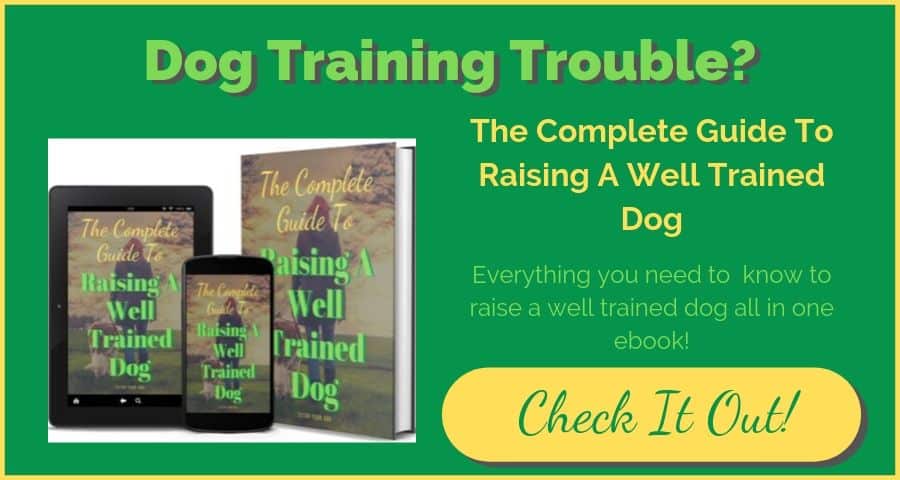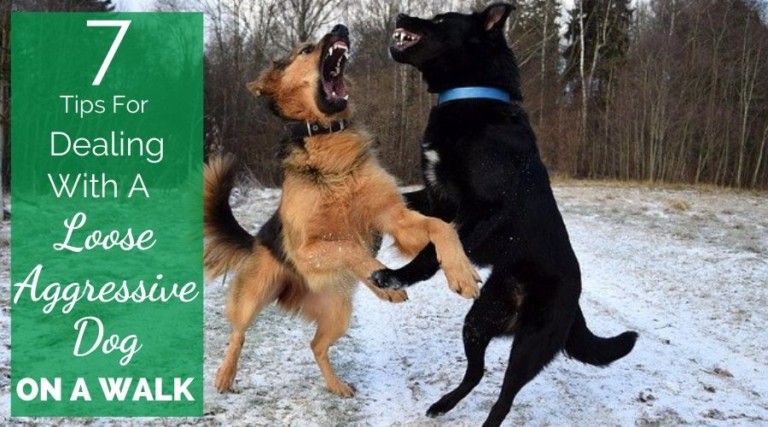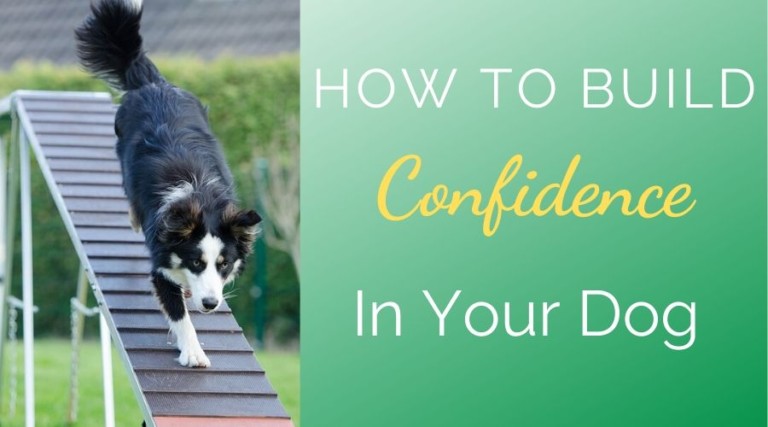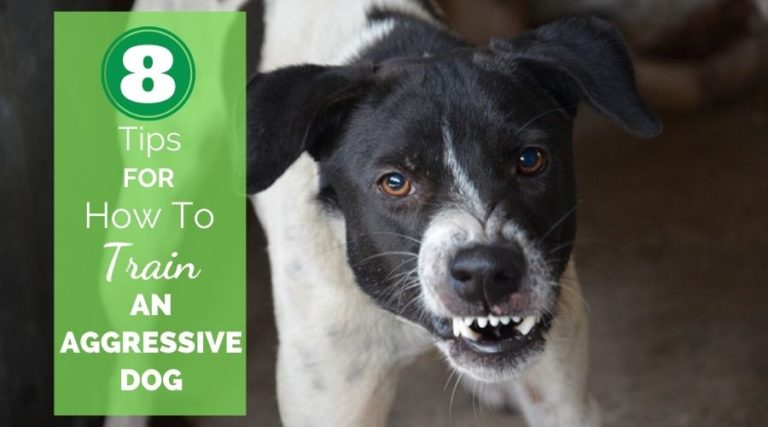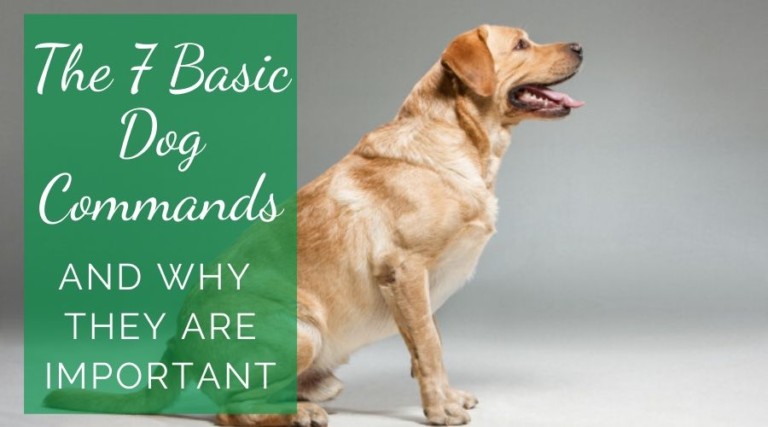{This post may contain affiliate links. This means we may make a small commission at no extra cost to you. This website is a participant in the Amazon Services LLC Associates Program. As an Amazon Associate we earn from qualifying purchases. We only recommend products that we believe will be of value to our followers. Click HERE to see our disclosure for details.}
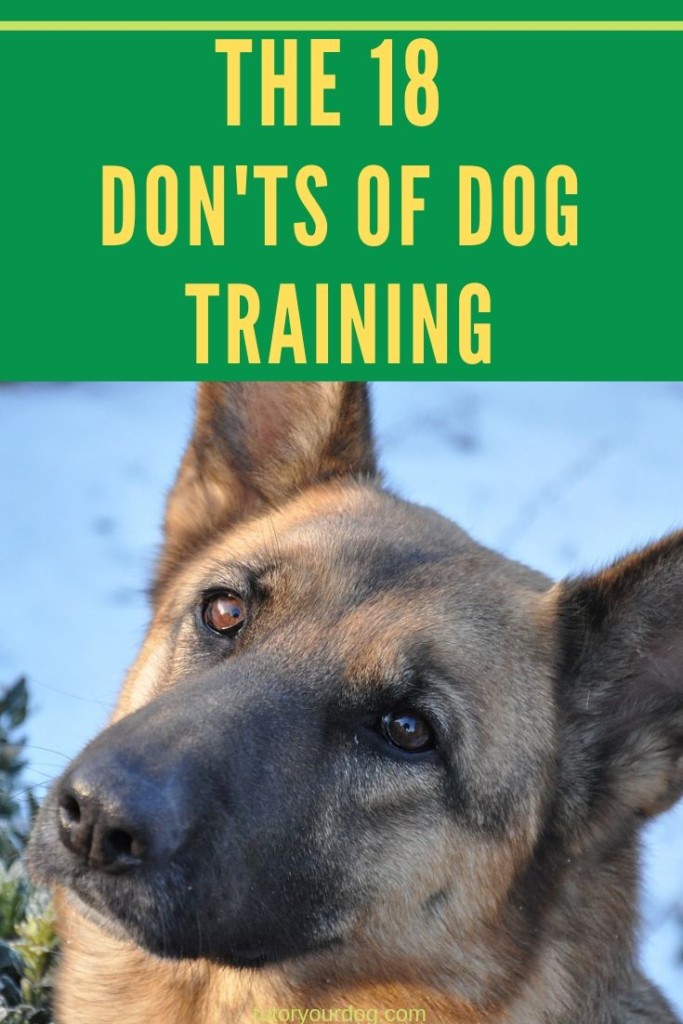
A well train dog usually leads a happier and healthier life and his owner also can enjoy an easy to live with life long companion. Dog training, which includes basic obedience, house and potty training are therefore essential and important to a dog’s education. In order to be successful in dog training, it is just as important to know what not to do. It’s good to familiarize yourself with the don’ts of dog training.
The typical method of giving dog training tips and guides would be to list a series of things that you should Do. But it’s just as important to know what should not be done so you can avoid these dog training mistakes. The 18 don’ts of dog training are based on the psychology of the dog’s mind.
The Don’ts Of Dog Training
1. DON’T punish your dog while you are angry or lack control of yourself.
If you or your dog are not in the mood for training, don’t do it. It’s that simple! If you are tired and just don’t have the patience you will not be able to train your dog properly. The last thing that you want is to lose your patience with your dog during training. Giving your dog a harsh correction can hurt your relationship with him and make training in the future difficult.
2. DON’T punish your dog with the lead.
A gentle leash pop can be necessary sometimes to redirect your dog’s attention back to you. A leash should never be used for a harsh leash correction though. If you use your leash or any other training devices as a form of punishment, your dog may become scared of it. This will make on leash training very challenging.
3. DON’T sneak up on your dog or grab him from the rear.
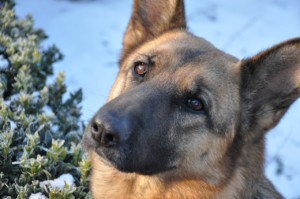 Sneaking up on your dog and grabbing him could startle your dog. When a dog gets startled like that they don’t always take the time to see what startled them. Your dog could run away, if he’s not on a leash or he could bite before he realizes that it was you doing this to him and not someone or something trying to cause harm to him.
Sneaking up on your dog and grabbing him could startle your dog. When a dog gets startled like that they don’t always take the time to see what startled them. Your dog could run away, if he’s not on a leash or he could bite before he realizes that it was you doing this to him and not someone or something trying to cause harm to him.
4. DON’T chase your dog to catch him.
If you call your dog to come to you and he doesn’t, do not chase him. If you do, this can quickly become a fun game. If your dog does not have a reliable recall, put him on a long line and real him in if he doesn’t come when called.
5. DON’T call your dog to come to you and then punish him.
When you call your dog to you and he comes he should be rewarded. If your dog does something that you do not like, never call him to you and then punish him. This will quickly ruin his recall because he will associate coming to you with being punished.
6. DON’T trick or fool or taunt your dog.
It is cruel and inconsistent to tease your dog to come to you when he can not. This is another way that you can quickly ruin your dog’s recall.
7. DON’T physically punish your dog.
Don’t punish your dog by stepping on his paws, they are very sensitive. Don’t twist his ears playfully or otherwise. Never strike him on the backbone, in the face or on the ears. Physically punishing your dog and causing him pain will only make him afraid of you. There are better ways to let your dog know what is acceptable and what is not acceptable.
8. DON’T grab your dog or reach for him quickly.
Your dog should never fear you. Don’t startle him by grabbing him or reaching for him quickly, especially when he’s not expecting it.
9. DON’T nag your dog;
Your dog will get tired of hearing your voice if you are always after him about something. Repeating commands is an easy thing to do but this will just each your dog that he can ignore you and that he doesn’t have to listen to you the first time that you ask him to do something.
10. DON’T praise a dog for doing a certain act, then at a later time, scold him for doing the same act.
This is a sure way to confuse your dog. Consistency is key in dog training. For example, if you don’t want your dog to jump up on you, always make him sit instead. Don’t reward him for jumping up one day by giving him attention and then get upset with him the next day when he jumps up on you.
11. DON’T train your dog immediately or soon after he has eaten.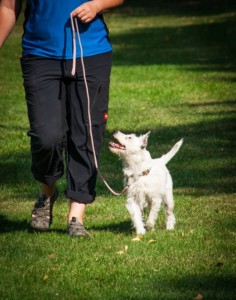
Don’t exercise or train your dog right after he has eaten. Some dogs are prone to bloat, a deadly illness. Exercising or training right after eating could cause this serious issue. Even for dogs that are not prone to bloat, they will be less interested in training when they are not hungry. The best time to train is when your dog to motivate him with treats or his food is when he ishungry.
12. DON’T lose patience with a puppy younger than six months.
Puppies are like young children, they have short attention spans. Keep training sessions short and fun. If you see that your puppy is not focused or isn’t in to training, stop the session and try again later. Losing your patience with a puppy will only make him not enjoy training time. This will make it more difficult to train him when he is ready.
13. DON’T train him in tasks requiring much strength or endurance until he is at least six months old.
Young puppies are growing. By training them too soon in things that use a lot of strength and endurance, you can actually affect the way that they grow. This could cause issues for the puppy later in life. Puppies should not do any sort of repetitive jumping or long distance running until their growth plates have closed. This all depends on the size and breed of the dog but in general this happens around 18 months of age.
14. DON’T work your dog without some short rest or play periods during training.
Keep training sessions short and fun! A five-minute rest for every fifteen minutes of training is a good idea. You don’t want your dog to become bored with training so lots of breaks and play time during training.
15. DON’T permit everyone to give commands to your dog.
If there is more than one person giving the dog commands, he will eventually become confused and frustrated. When you are training the dog, you should be the only person giving him commands. Once he has mastered each command, other people can start giving him the command. Consistency is important so everyone needs to use the same word or hand signal for each command.
16. DON’T concentrate on tricks until you have the basics covered.
Teach the most useful commands first. Start with sit, down, stay, come, stand and then expand on them. Once your dog has mastered the commands that you will use on a daily basis, then you can add tricks to the training schedule.
17. DON’T expect your dog to be a perfectly trained after a few weeks of training.
It takes time for your dog to learn the commands. How quickly your dog learns depends on the dog and on your training experience. Training never ends so don’t give up. Eventually it will all come together and the effort will all be worthwhile.
18. DON’T jump to the conclusion that your dog is not trainable.
Dogs are like people, they don’t all learn the same way or at the same pace. If one training technique doesn’t work, don’t give up, try another technique. There are so many different ways to teach the same commands so find a style of training that works with your dog.
When training, try to remember the “don’ts” of dog training rules. Most importantly, never give up on your dog and keep training sessions fun for you both!
Comment below if you you have used any of the 18 don’ts of dog training rules while training your dog.
Related Post: 4 Secrets To Train Your Dog Like A Pro

